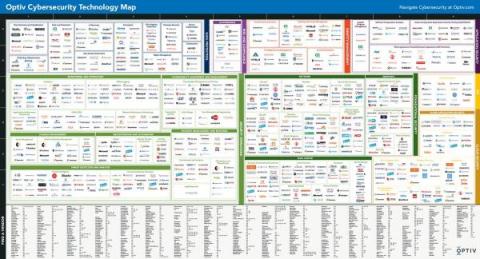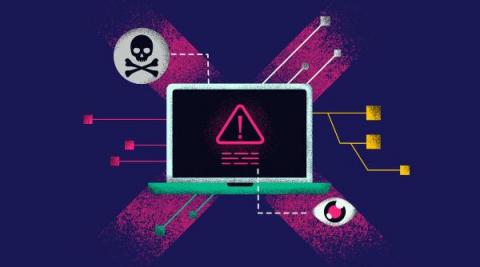Holiday phishing season: Your guide to staying scam-safe
For many of us, the Thanksgiving and Christmas period is a chance for some well-deserved downtime. For cybercriminals, not so much. The holiday season is one of the most productive time of the year for the Phishing-as-a-Service (PhaaS) industry. Online retail sales spike around holidays, creating more opportunities to catch people out with phishing emails and spoofed websites.











